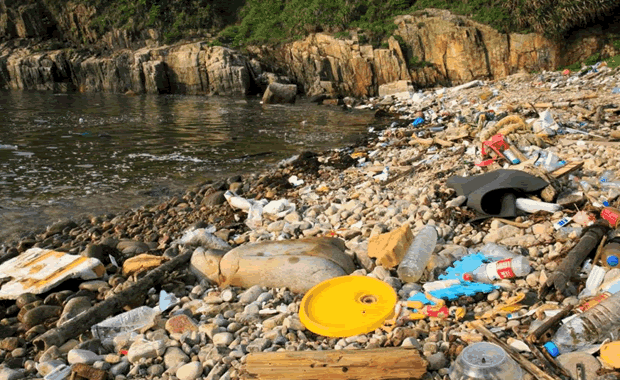
American Crocodile
|
Creature Profile
The American crocodile is found from the Atlantic and Pacific coasts of southern Mexico through Central America and in South America as far as Peru and Venezuela. It also occurs in Cuba, Jamaica, and Hispaniola, and smaller populations can be found in Florida of the United States. In Florida, it is often confused with the American Alligator (Alligator mississippiensis), but American crocodiles have longer and thinner snouts and are lighter in color. The American crocodile is a relatively large species and is able to grow up to 19.8 feet long and weigh from 1100 to 2204 lb. Adults are brown in color with darker cross-bands on their tails, and they have stocky bodies and a long powerful tail. The legs are short, but muscular with sharp claws. The snout is triangular and contains 14 to 15 sharp teeth inside.
American crocodiles inhabit both freshwater and saltwater habitats, such as mangrove swamps, brackish creeks, and coastal canals. They are most commonly found in tropical wetlands such as mangrove-lined saltwater estuaries and lagoons. In the United States, they are only found in salt and brackish water in the southern tip of Florida mainland and the Florida keys. They are known to construct long burrows or dens near their nesting sites, usually three to nine meters into creek banks, with the entrance at or below the water. Diet consists of fish and other small marine animals. Larger crocodiles may feed on small mammals, birds, and turtles. In Florida, they are known to eat bass, tarpon, and mullet. There are very few reports of the species attacking humans. They prefer to nest in the dry season, and females lay as many as 40 eggs, and the eggs hatch after about 90 days. Only the female guards the nest and assists with hatching, but both parents guard the young after they hatch.
This species was once threatened by hunting for its hide (to make belts and handbags) and capture by humans for commercial farming. It is now legally protected throughout most of its range, and hide hunting has been eliminated, but some threats still remain, such as habitat loss, pollution, and accidental deaths by fishing nets, cars, and boats.
Wikipedia Article

|
Wikipedia Article Copyright Notice: This article is licensed under the GNU Free Documentation License. It uses material from the Wikipedia article "American crocodile". |
More Links about the American Crocodile:
Reference Links:National Parks Conservation Association
Central Florida Zoological Park
Conservation Links:
International Reptile Conservation Foundation
May 11, 2017
Glenn, C. R. 2006. "Earth's Endangered Creatures - American Crocodile Facts" (Online). Accessed 11/17/2024 at http://earthsendangered.com/profile.asp?sp=611&ID=5.
Need more American Crocodile facts?




